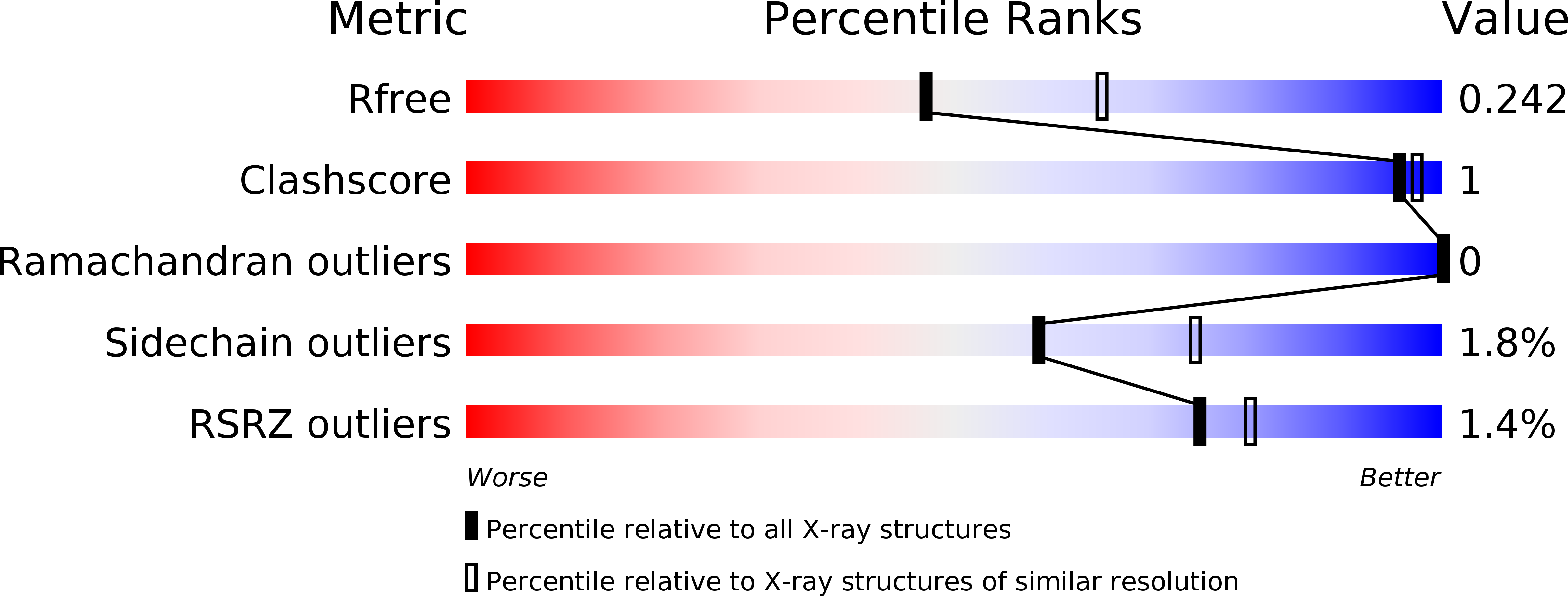
Deposition Date
2018-01-02
Release Date
2018-02-28
Last Version Date
2024-10-16
Method Details:
Experimental Method:
Resolution:
2.30 Å
R-Value Free:
0.24
R-Value Work:
0.20
R-Value Observed:
0.20
Space Group:
P 43 21 2


